Recent Blogs
Your Guide to Buying an Electric Surfboard
April 9, 2024
Our Favorite Inflatable Docks & Floating Cabanas
February 19, 2024
Understanding Boat Trade in Values
February 19, 2024
Archives
Categories
- Everything Else (30)
- Apparel (9)
- Boating (201)
- Boat Show (5)
- Yacht Tenders (13)
- Charity (1)
- SUP (10)
- Customer Service (1)
- Yacht Toys (9)
- Events (3)
- Places (1)
- Fishing (30)
- Kayak Modding (1)
- Marine Training (1)
- Land Toys (0)
- Watersports (2)
- Amphibious (1)
- Toys (5)
- Submersible (1)
- Propane Gas Engines (2)
- Kayak Fishing (6)
- Diving (1)
- Docks (2)
- Boat Accessories (4)
- Safety (3)
- Kayaking (14)
- New products (3)
- Boat Service (2)
- Engines (34)
- Sailing (1)
- Yacht Brokerage (1)
- Brokerage (2)
- Kayak (1)
Driving Safety
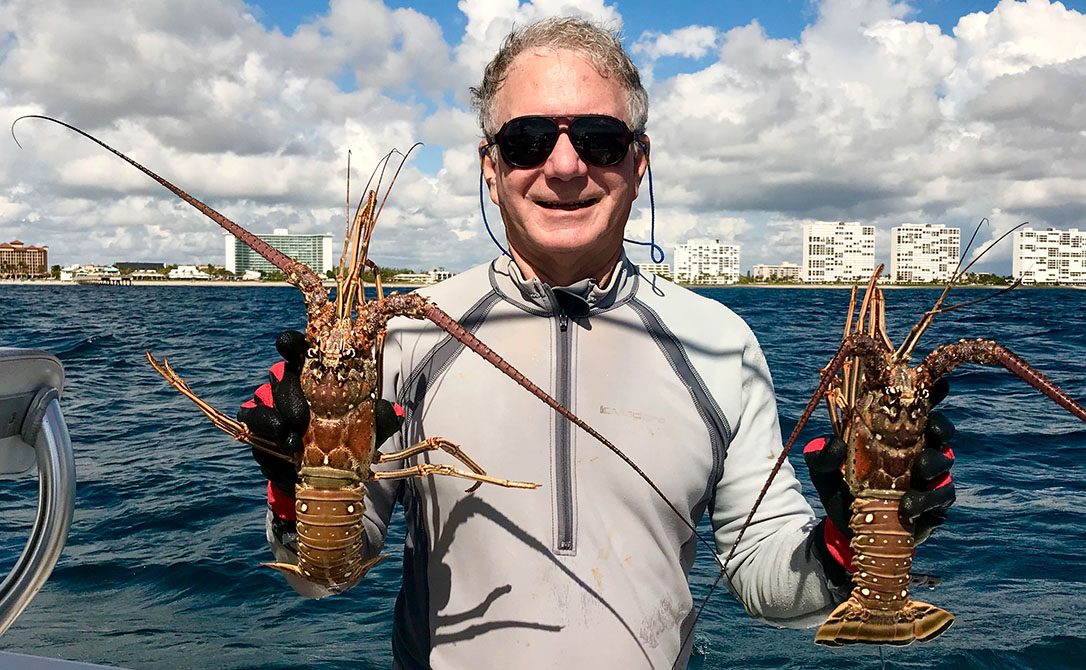
By Steve Waters
The combination of tropical disturbances and the first cooler cold fronts of the fall make for good lobster diving in South Florida in October, as the tasty crustaceans congregate around shallow coral reefs and sometimes walk in the sand when the water is churned by strong winds.
But the thrill of catching an easy limit of six lobsters can have dire consequences for divers who forget basic safety guidelines. That’s when it’s good to have a dive buddy like Dr. Jack Harari.
I did two dives with Harari this past week off Deerfield Beach and Pompano Beach on Jim “Chiefy” Mathie’s boat. A retired Deerfield Beach fire chief and the diving expert on the Nautical Ventures Weekly Fisherman radio show, which airs from 6-8 a.m. Saturday on WINZ 940-AM and live-streams on the Nautical Ventures Facebook page, Mathie and his crew covered lots of good-looking bottom in 45-70 feet.
Aside from the lobster encounters, the dives were uneventful, but it was still comforting to be in the water with Harari, whom I met more than 20 years ago through our mutual friend George Poveromo of Salt Water Sportsman magazine.
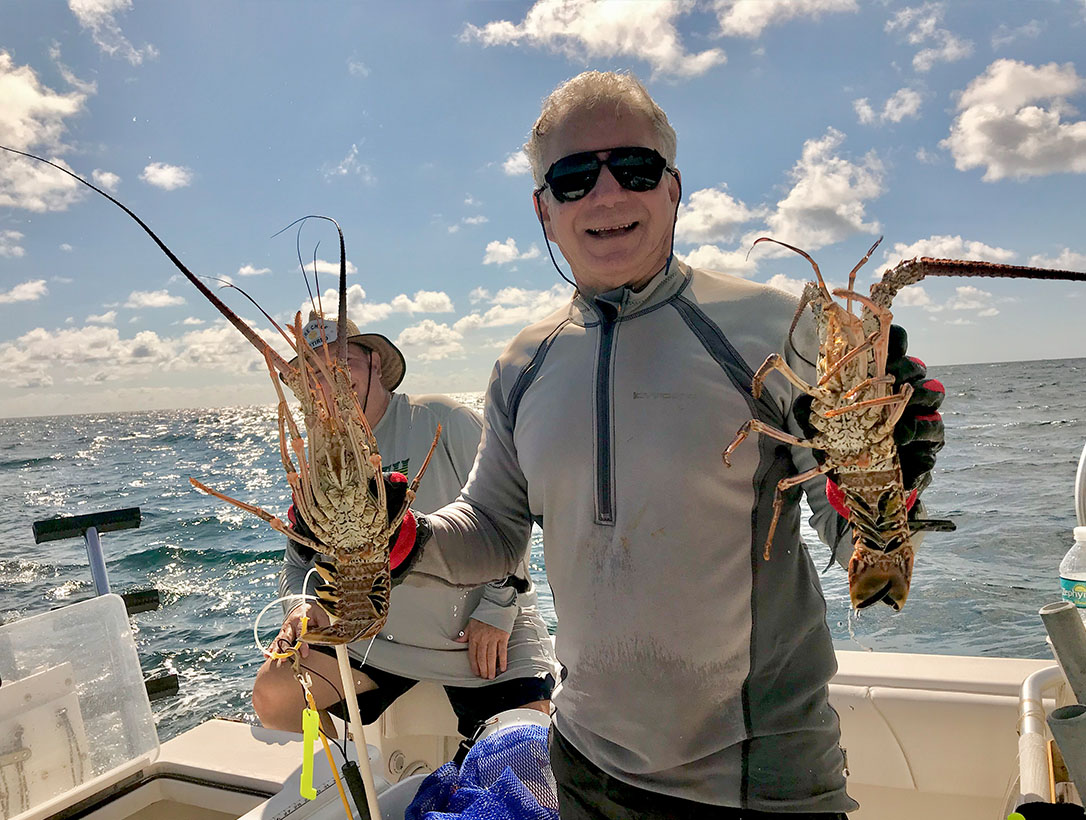
An ER physician who graduated from the University of Miami medical school after getting an undergraduate degree in chemistry from UM, Harari is always prepared for any emergency that might occur in or on the water.
One of the two pockets in his inflatable buoyancy compensator vest has safety equipment, all of which is secured to the BC so the items don’t fall out when he opens the pocket. The gear includes a small spare air tank, a signal mirror, fluorescent dye marker that can be seen by rescue searchers in a helicopter or airplane, a flashing beacon that sends a distress signal to rescue agencies, and a dive alert that makes noise under the water to get the attention of another diver and above the water to let your dive boat know your location.
The Fort Lauderdale resident, who has been diving since he was a teenager, has rarely needed to use that equipment in 50-plus years of lobstering and spearfishing.
“I’ve been separated from the boat before,” said Harari, who recalled an incident when diving on Mathie’s boat where he was in the water with two other divers, one of whom had the dive flag. “We were all three together, then I stopped to get a lobster and they didn’t see me stop and they kept going with the current. I figured I’ll catch up to them, then I saw another lobster, so I stopped to get that. Then I figured I’ll get them and I saw another lobster. By that point I figured they were so far gone, but it was a beautiful day, it was nice and calm.
“I was down there about another 20 minutes and all of sudden it got pitch black. It got so black, I needed to use my flashlight to read my gauges. So I figured something bad is going on up top, I better check it out. I got up and I could see the boat in the distance, and they were searching for me and searching.
“I inflated my surface marker buoy, I was blowing the whistle on my dive alert, but the wind was howling and there were big waves. Finally what they saw is I took my underwater flashlight and every time I came up on the crest of a wave I would shine it at the boat. Jim saw my flashlight through the driving rain and he came and got me.”
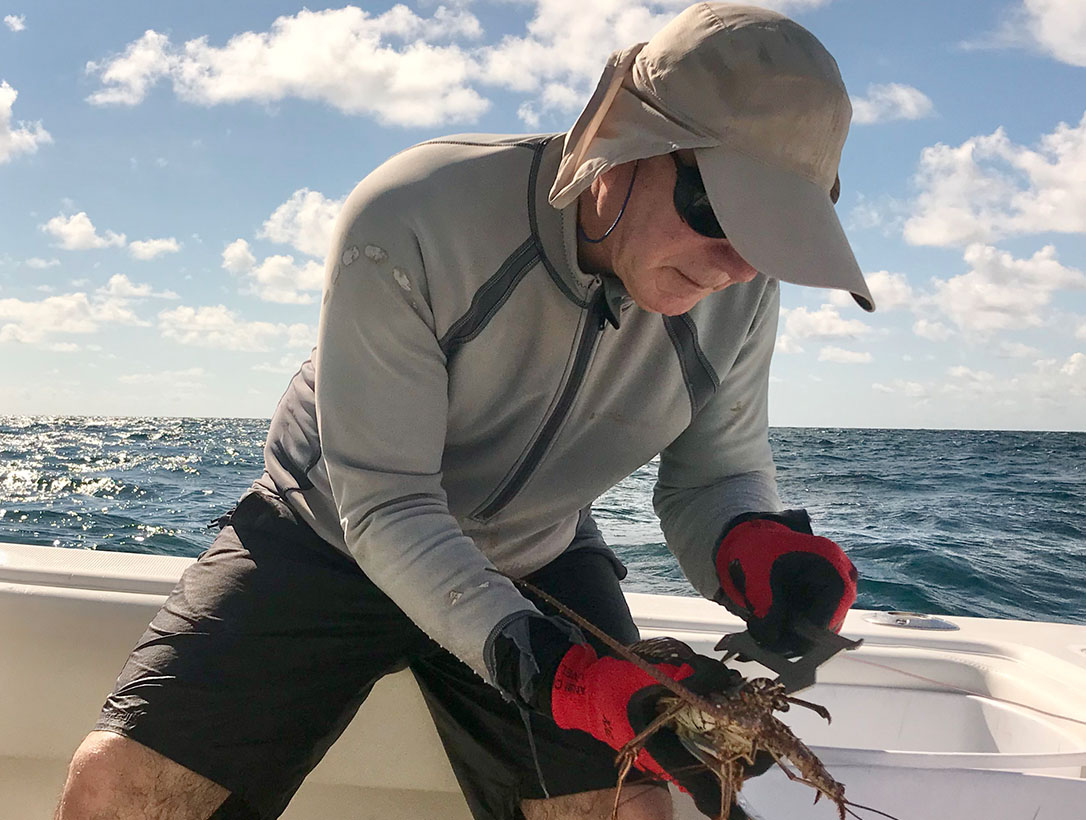
“We were at least 100 feet away, but with the intense rain we couldn’t see 10 feet,” Mathie said. “Luckily we were able to see the light. That’s a great reason to carry a flashlight while diving. Dr. Jack’s a smart diver!”
A situation that has been lethal for some divers is while low on air and getting ready to surface, they see lobsters and decide to catch them. Divers who run out of air on the bottom might never surface.
“They’ll be there. Just come back for them another time,” said Harari of the bugs. “I float up a marker, so I know where they are, and you don’t disturb them so they’ll stay there in the rock or wherever you found them. You go up top, you get another tank and when you do your next dive, you start there.
“There’s no lobster that’s worth your life.”
For more lobster diving and fishing tips, listen to The Nautical Ventures Weekly Fisherman radio show every Saturday morning from 6 a.m. to 8 a.m. live on 940 WINZ, an iHeart station. You’ll learn where the fish are biting and how to catch them. If you can’t tune in live, the Weekly Fisherman radio podcasts are available through:
iTunes: https://podcasts.apple.com/us/podcast/the-weekly-fisherman-show/id1117007850
Website: https://www.nauticalventures.com/TWF
Soundcloud: https://soundcloud.com/nautical-ventures
WINZ: https://940winz.iheart.com/featured/weekly-fisherman/about/
iHeart Radio: https://www.iheart.com/podcast/53-weekly-fisherman-28270572/
You can also watch the show on Facebook Live by liking our Facebook page at: https://www.facebook.com/The-Nautical-Ventures-Weekly-Fisherman-Show-136020173136939
You can watch past Facebook live shows at: https://www.facebook.com/The-Nautical-Ventures-Weekly-Fisherman-Show-136020173136939





Sign up for Nautical Ventures EMAIL UPDATES & PROMOTIONS


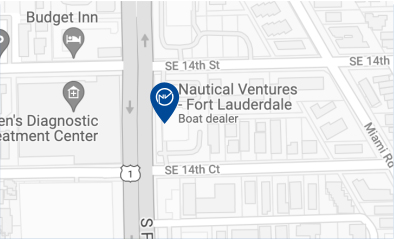

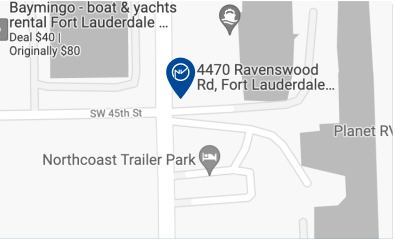

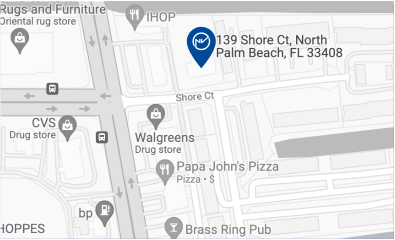

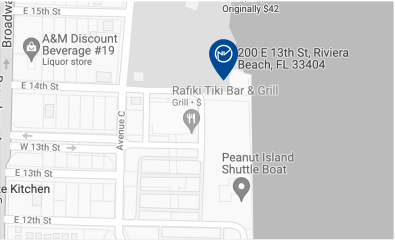

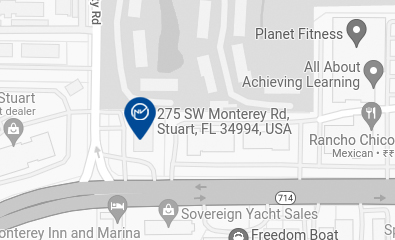

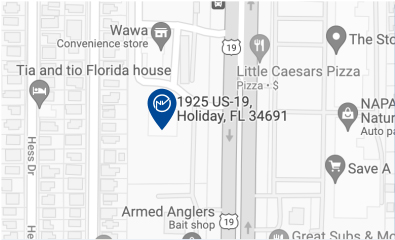





Comments